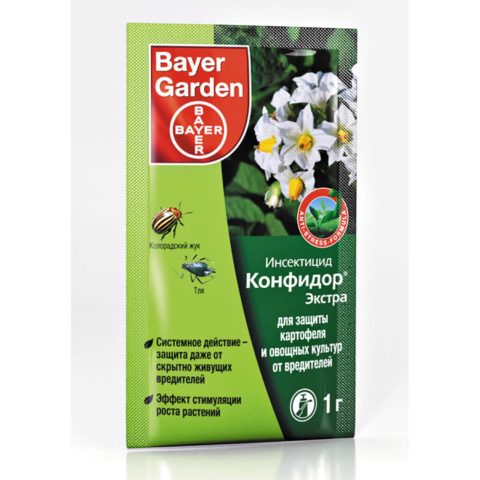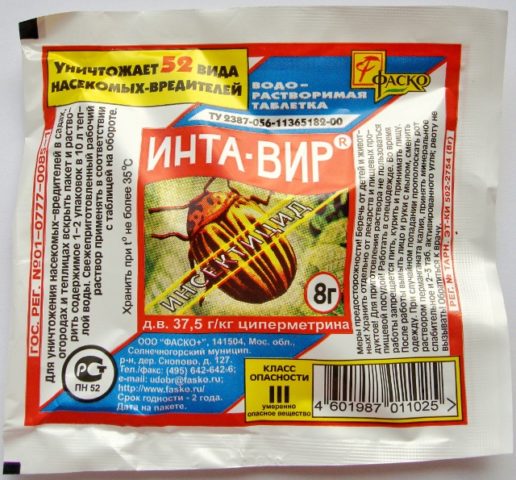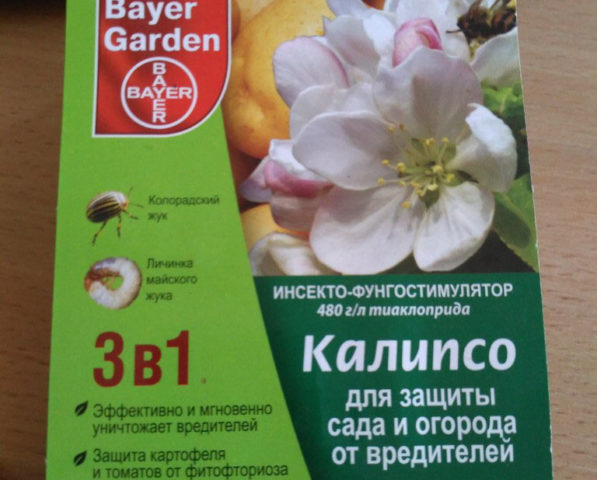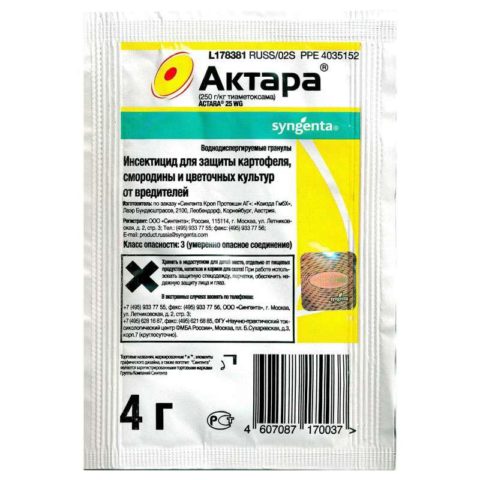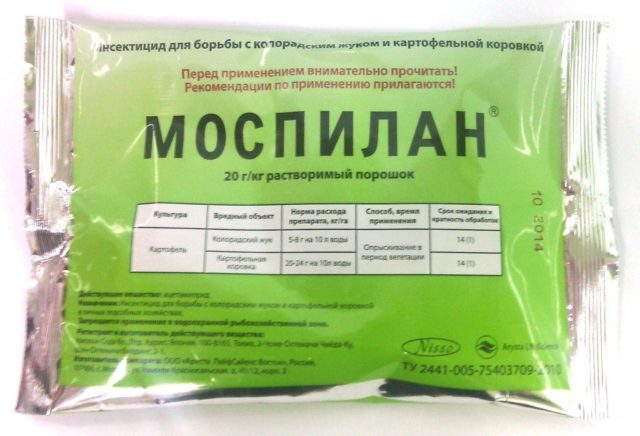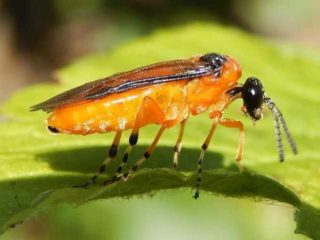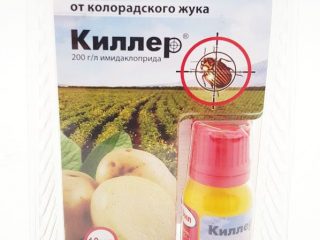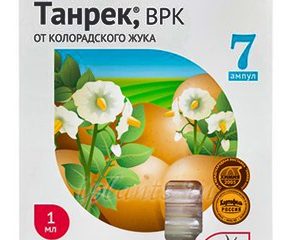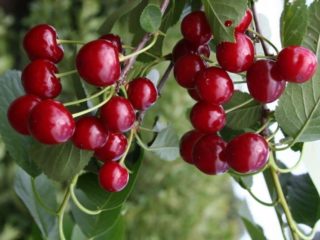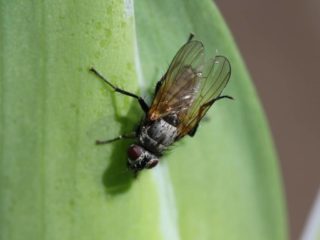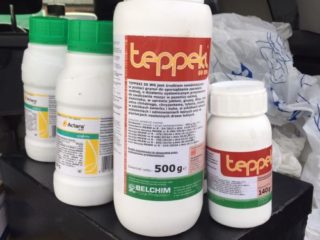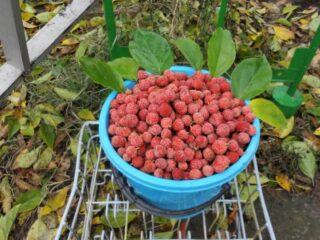Content
The cherry slimy sawfly is a small hymenopteran insect that is a pest of stone fruit crops. Cherry sawfly larvae, vaguely reminiscent of tiny leeches, feed on the leaves of fruit trees, completely gnawing out their flesh to the base from the veins. Thus, they can greatly weaken the plant, which negatively affects its yield. In Polesie and the northern forest-steppe zone, one generation of this pest usually appears per year, and in the southern steppe and forest-steppe regions two, and sometimes even three generations manage to develop per season. The damage caused by this insect can be very extensive. It is necessary to carefully monitor the condition of the garden and, if you find a cherry sawfly on the trees, do not hesitate to take the necessary measures to get rid of it.With a small lesion, gentle folk remedies, agricultural techniques and preventive measures will be effective, but if the number of pest individuals is large, then it should be combated with the help of chemicals.
What does a cherry sawfly look like?
In order for the fight against the cherry sawfly to be effective, it is necessary to have a good understanding of what this dangerous pest looks like at different stages of its development and by what signs one can determine that a tree has been attacked by it.
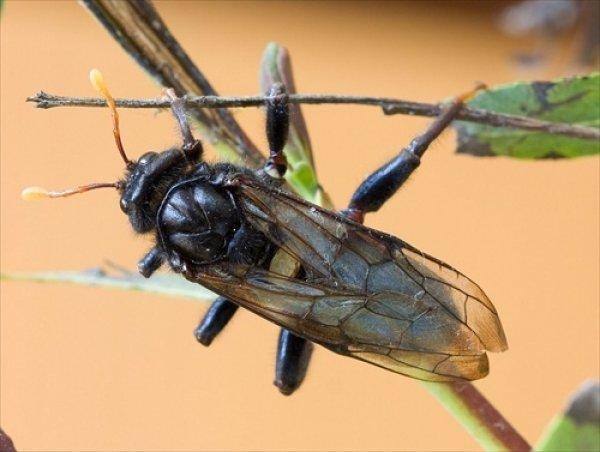
The cherry slimy sawfly harms many garden trees and shrubs
The adult cherry sawfly is a small, winged fly. The body length of the female insect is 5-6 mm (the male is usually slightly smaller), and her wingspan is about 10 mm. The body is painted shiny black. Two pairs of transparent wings located on the sides are slightly darkened in the middle, but black veins are clearly visible on their surface. Three pairs of limbs of the cherry sawfly are black, while the lower legs of the middle pair of legs are brown.
The cherry sawfly larva is a false caterpillar, reaching 10 mm in length. The color of her body is yellow-green, her head is black. There are 10 pairs of legs. The front part of the body, covered with black shiny mucus, is greatly thickened.
Life cycle of a pest
The development of the cherry sawfly occurs cyclically. A full circle of development lasts 2-3 months. It includes the following stages:
- Wintering. False caterpillars of the cherry sawfly spend the winter in a cocoon of the ground, burrowing into the soil under fruit trees to a depth of 2 to 10 cm, depending on the climate in the place of distribution. A certain number of larvae (sometimes up to half) enter a state of diapause and remain for the next wintering.
- Pupation. In the first generation larvae it occurs in the fall, and they overwinter in a transformed form. Younger larvae (second generation) form pupae in the spring.
- Emergence of adult insects. The first generation of cherry sawflies flies out of the ground en masse at the turn of spring-summer. The second generation, which is more numerous, begins at the end of July.
- Laying eggs. In our area, the partogenetic form of this pest is widespread: females lay unfertilized eggs, from which only female individuals are born. However, in some areas there are also populations consisting of bisexual insects. Mating occurs quickly. Female cherry sawflies fly for only 1 week, during which they manage to lay 50-75 eggs. The attachment point for the egg is the lower part of the leaf blade. It usually takes 1-2 weeks before the larvae hatch.
- Emergence and feeding of larvae. After hatching from the egg, the false caterpillars move to the front part of the leaf. Their bodies are covered with thick dark mucus, which protects them from drying out. For the next three weeks they feed on the pulp of the leaves. During this time, the larva manages to molt 5 times. At the end of the feeding period, the false caterpillars turn yellow, fall to the ground and, having built a cocoon from soil particles and their own mucus, go to spend the winter.
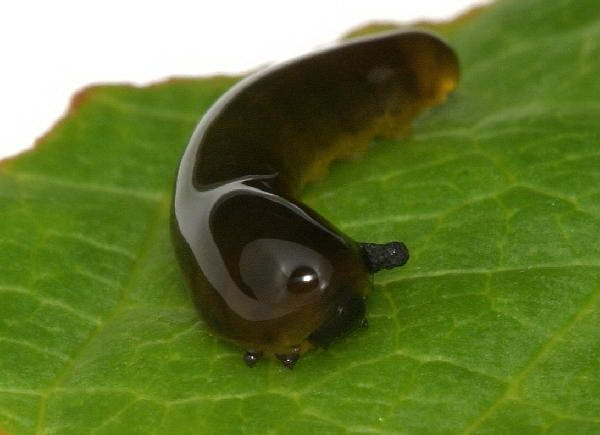
A danger to plants is the pest larva that eats the pulp of the leaves.
Causes and signs of cherry sawfly damage
The favorite crops of the cherry sawfly are cherries, sweet cherries, pears, and hawthorns.A little less often, it affects apple trees, plums, apricots, quinces, cotoneasters, chokeberries, blackthorns, and shadberry.
Warning! The cherry sawfly loves the sun's rays, so most often it attacks sparsely planted trees and shrubs, and if the area is hilly, it prefers plantings located on southern slopes.
The following signs will help you recognize the presence of a parasite:
- at the stage of laying eggs, clearly visible swellings and brown tubercles appear on the leaves;
- holes appear in the pulp of the leaf in the form of small areas called “islands”: this is how the first generation of larvae usually feeds;
- the second generation, more harmful, is capable of eating the leaves completely, leaving only the veins and lower skin;
- a tree that is severely affected by this pest looks dried out and “burnt” in appearance.
Why is the appearance of a sawfly on a cherry tree dangerous?
In the event of a mass invasion of cherry sawfly on fruit trees, biological processes in them slow down (gas exchange, photosynthesis, moisture evaporation). Plants weaken, become more vulnerable to diseases, bear little fruit, stop forming shoots and drop their leaves before their deadline. If the damage is severe, the trees will produce a poor harvest the following year.
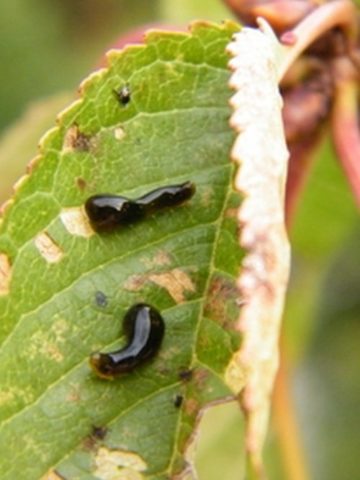
The first generation of larvae eats away the flesh of the leaf in “islands,” while the second generation may leave only veins behind.
How to deal with cherry sawfly
Measures to combat the cherry sawfly depend on how large the scale of the lesion is. If, upon inspection of the trees, it becomes clear that the number of insects is small, then you can use some folk remedy, carry out agrotechnical protective measures and carry out prevention.If the garden is severely damaged, chemicals will have to be used to control the pest.
The video contains some tips on how to fight the cherry sawfly:
How to get rid of sawfly on cherries using folk remedies
The most famous folk methods of combating cherry sawfly include:
- Spraying the leaves with infusion of chamomile. It is recommended to fill 800 g of dried flowers of this plant with water (10 l) and leave for a day. Then strain, add another 15 liters of water, and before use add 30 g of finely grated laundry soap. This remedy is used three times a week - both for prevention and at the stage of cherry fruiting in order to destroy the first generation of larvae.
- Treating trees with wormwood infusion. 1.2 kg of fresh grass should be dried in the sun, and then pour 10 liters of water and leave for 3 days. After filtering the composition, dissolve 50-100 g of baking soda powder in it.
- Pollination of the crown with wood ash powder or tobacco dust. The procedure is carried out immediately after the rain, before the foliage has had time to dry. After twice application, a significant part of the larvae falls down.
Chemicals in the fight against sawfly on cherries
To save plants from the dominance of cherry sawfly larvae, chemical insecticides are used. The fight against this parasite is quite effective with the help of complex preparations used against pests of fruit crops. Among them:
- Confidor – low-toxic for humans and animals, a contact-intestinal agent that provides long-term protection;
- Inta-Vir – a drug based on cypermethrin, which has a detrimental effect on the nervous system of pests;
- Calypso – highly effective, low-toxic contact insecticide, resistant to rain and sunlight;
- Aktara – a highly effective, systemic, rapid-acting agent against a wide range of parasitic insects;
- Mospilan – a contact-intestinal preparation effective against eggs, larvae and adult pests.
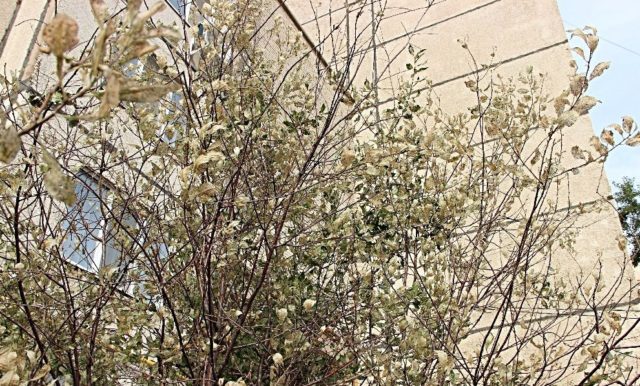
A tree heavily damaged by the cherry sawfly looks “scorched”
Other ways to combat cherry sawfly
There are other measures to combat the cherry mucous sawfly:
- if the garden area is small, mechanical collection of pest larvae and their subsequent destruction is quite effective;
- The fight against the cherry sawfly can be carried out using biological products - insecticides that are harmless to humans and animals, created on the basis of bacteria that are destructive to the pest (Akarin, Bitoxibacillin);
- in the fall, you can fill the tree trunks with a layer of 1-2 cm of clay diluted in water, this will prevent insects that have overwintered in pupae from flying out from under the ground in the spring;
- attract or release entomophagous insects into the garden, in particular trichogramma, which parasitize the eggs of the cherry sawfly, significantly reducing its number.
These methods of combating the slimy sawfly on cherries and other fruit crops can be used both independently and in combination with treating plants with compositions according to folk recipes or chemicals.
Prevention measures
To prevent the cherry sawfly from infecting your garden, you should:
- with the onset of spring, in mid-summer and autumn, dig up and loosen the soil in tree trunk circles under fruit crops - this will help to ensure the death of pupae and larvae overwintering there;
- regularly inspect trees;
- remove and burn damaged leaves;
- do not leave fallen leaves in the tree trunks;
- whiten the trunks of fruit crops in early spring;
- Do not leave dried shrubs and trees in the garden.
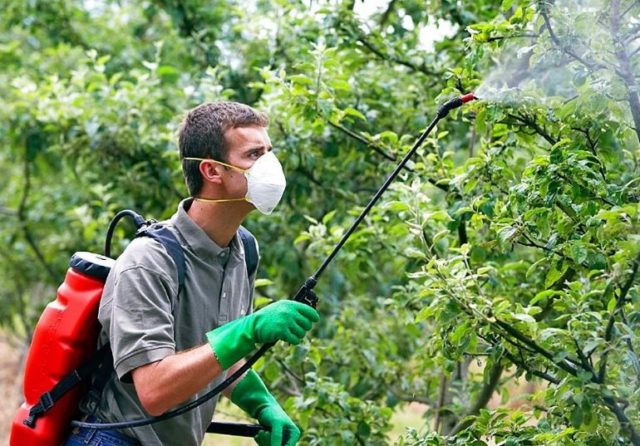
In the event of a massive invasion of the cherry sawfly, chemical insecticides will have to be used.
Conclusion
The cherry slimy sawfly is a dangerous pest that feeds on the pulp of the leaves of a number of fruit and berry crops. If you do not start fighting it in time, it can greatly weaken trees and shrubs and cause a sharp decrease in their yield. In cases where the extent of cherry sawfly damage to a garden is small, agricultural techniques and folk remedies can be used to combat it. If the damage from the pest is significant, then it is advisable to spray the crowns with potent chemical insecticides. Timely preventive measures will help prevent the parasite from attacking the garden again.
